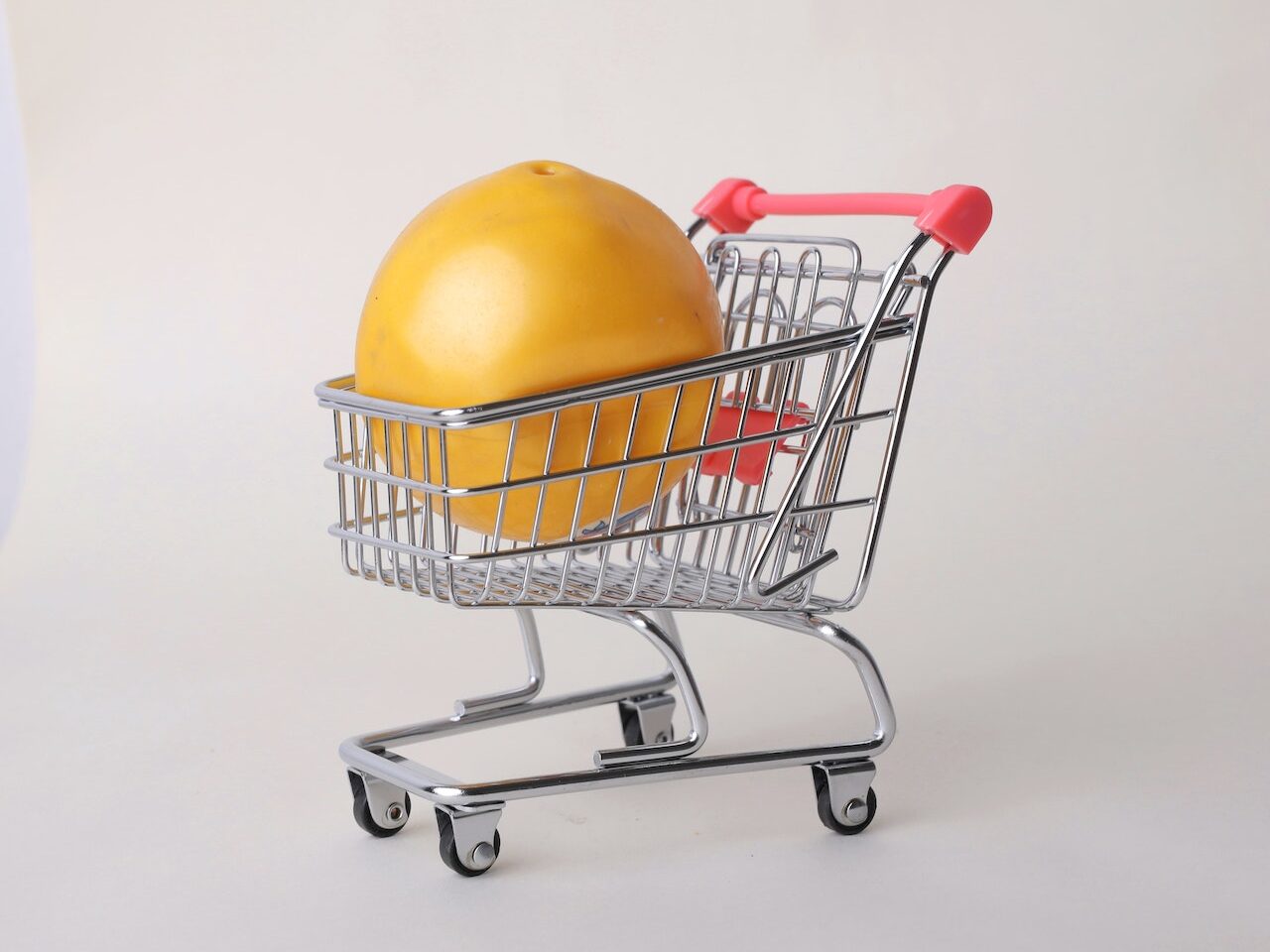Guide to the Product Life Cycle
As a consumer, you’ve probably noticed that products go through a cycle – from introduction to growth, maturity, decline, and ultimately, withdrawal from the market. This is what we call the product life cycle. In this article, we’ll be exploring the ins and outs of the product life cycle, including its definition, stages, advantages, disadvantages, importance, types, and much more. So, let’s get started!
What is the Product Life Cycle?
The product life cycle is a concept used to describe the stages that a product goes through during its lifespan. It is a helpful framework for understanding the dynamics of a product in the market and how it evolves over time. The product life cycle can be broken down into five stages: introduction, growth, maturity, decline, and withdrawal.

Stage 1: Introduction
The introduction stage is the first stage of the product life cycle. It is the stage when a new product is launched into the market. During this stage, the product is not yet widely known, and there is a high level of uncertainty regarding its success. The company typically invests heavily in promotion and advertising to create awareness and generate interest in the product.
Stage 2: Growth
The growth stage is the second stage of the product life cycle. It is characterized by a rapid increase in sales volume and profits. During this stage, the product gains wider acceptance in the market, and the company continues to invest in promotion and advertising to further increase awareness and demand.
Stage 3: Maturity
The maturity stage is the third stage of the product life cycle. It is the longest stage, and it is characterized by stable sales volume and profits. During this stage, the market becomes saturated, and competition intensifies. The company focuses on retaining its market share by investing in product differentiation, cost reduction, and promotional incentives.
Stage 4: Decline
The decline stage is the fourth stage of the product life cycle. It is characterized by a decrease in sales volume and profits. During this stage, the market becomes saturated, and competition intensifies. The company may choose to divest or discontinue the product or invest in product improvements or marketing efforts to extend its lifespan.
Stage 5: Withdrawal
The withdrawal stage is the final stage of the product life cycle. It is characterized by the removal of the product from the market due to declining sales and profits. The company may choose to phase out the product or discontinue it altogether.
Advantages of the Product Life Cycle
The product life cycle has several advantages, including:
- Helps companies plan and allocate resources effectively
- Provides insight into the dynamics of the market and competition
- Facilitates strategic decision-making regarding product investments, pricing, and promotions
- Helps companies identify opportunities for innovation and growth
Disadvantages of the Product Life Cycle
The product life cycle also has some disadvantages, including:
- Assumes a linear progression of the product in the market, which may not always be accurate
- Ignores external factors that may impact the product’s performance, such as changes in the economy or technology
- May be overly simplistic and fail to capture the complexity of the product and market dynamics
Importance of the Product Life Cycle
Understanding the product life cycle is essential for businesses of all sizes, as it enables them to:
- Plan and execute effective marketing and promotional strategies
- Optimize product pricing and positioning to meet customer needs
- Anticipate market changes and adapt accordingly
- Identify opportunities for growth and innovation
Types of Product Life Cycles
There are several types of product life cycles, including:
- Traditional Product Life Cycle: This is the standard product life cycle that follows
the five stages of introduction, growth, maturity, decline, and withdrawal.
- High-Tech Product Life Cycle: This product life cycle is specific to high-tech products that have a shorter lifespan due to rapid technological advancements and innovation.
- Fad Product Life Cycle: This product life cycle is specific to fad products that experience a brief surge in popularity before quickly declining in demand.
- Niche Product Life Cycle: This product life cycle is specific to niche products that cater to a specific segment of the market and have a longer lifespan.
The Product Life Cycle and Marketing Strategies
Understanding the product life cycle is essential for developing effective marketing strategies. Let’s take a closer look at how the product life cycle impacts marketing strategies in each stage:
Introduction Stage
During the introduction stage, the focus of marketing efforts should be on creating awareness and generating interest in the product. Marketing strategies should include:
- Heavy investment in advertising and promotion
- Targeted marketing to early adopters and opinion leaders
- Offering discounts and promotions to encourage trial and adoption
Growth Stage
During the growth stage, the focus of marketing efforts should be on maximizing sales and profits. Marketing strategies should include:
- Increasing production and distribution to meet demand
- Investing in product differentiation to maintain a competitive edge
- Expanding target market to reach a wider audience
Maturity Stage
During the maturity stage, the focus of marketing efforts should be on maintaining market share and profitability. Marketing strategies should include:
- Developing new product features and improvements to differentiate from competitors
- Offering discounts and promotions to retain customers
- Expanding distribution channels to reach new markets
Decline Stage
During the decline stage, the focus of marketing efforts should be on extending the lifespan of the product or phasing it out. Marketing strategies should include:
- Offering discounts and promotions to clear out remaining inventory
- Investing in product improvements to extend the lifespan
- Phasing out the product and redirecting resources to new products or markets
Examples of Product Life Cycle Strategies & How You Can Apply Them to Your Business
Product life cycle strategies refer to the different approaches and tactics that businesses can use to manage their products as they move through the different stages of the product life cycle. Here are some examples of product life cycle strategies that businesses might use:
- Introduction Stage: During this stage, businesses typically focus on building awareness and generating interest in their new product. Some common strategies for the introduction stage include:
- Offering free samples or trials to encourage consumers to try the product
- Conducting advertising campaigns to build awareness and generate buzz around the product
- Offering introductory pricing or discounts to incentivize early adoption
- Investing in research and development to continually improve the product
- Growth Stage: Once a product has gained traction and is experiencing growth, businesses typically shift their focus to building market share and maximizing profits. Some common strategies for the growth stage include:
- Expanding distribution channels to reach more customers
- Offering new product variations or complementary products to meet the needs of different customer segments
- Adjusting pricing to maximize profits while remaining competitive
- Investing in marketing and advertising to build brand loyalty and awareness
- Maturity Stage: During the maturity stage, a product’s growth rate slows down and it becomes increasingly important for businesses to differentiate themselves from competitors. Some common strategies for the maturity stage include:
- Differentiating the product through branding, quality, or other unique features
- Reducing costs through economies of scale to maintain profitability
- Focusing on customer service and support to build loyalty
- Targeting niche markets or segments with specialized products or services
- Decline Stage: Eventually, all products reach the decline stage, where sales begin to decline and the product becomes less profitable. Some common strategies for the decline stage include:
- Reducing production costs to maintain profitability
- Discontinuing unprofitable product variations or lines
- Offering promotions or discounts to clear out inventory
- Exiting the market altogether and investing in new products or services that are in earlier stages of the product life cycle.
- Revitalization Stage: In some cases, businesses may be able to revitalize a product that is in decline by implementing new strategies. Some common revitalization strategies include:
- Updating the product with new features or improvements to make it more appealing to customers
- Rebranding the product to give it a fresh image or appeal to new customer segments
- Reducing the price to make it more competitive or attract price-sensitive customers
- Offering promotions or discounts to encourage customers to try the product again
Overall, the specific product life cycle strategies that a business uses will depend on a variety of factors, including the nature of the product, the competitive landscape, and the target market. By carefully managing a product through the different stages of the product life cycle, businesses can maximize their chances of success and profitability.
Product Life Cycle vs. Customer Journey: What’s the Difference?
The product life cycle and customer journey are two concepts that are often discussed in marketing and product management. While there are some similarities between the two, there are also some important differences that are worth noting.
Product Life Cycle:
The product life cycle is a model that describes the different stages that a product goes through over time. The four stages of the product life cycle are introduction, growth, maturity, and decline. During the introduction stage, a new product is introduced to the market and sales are low. During the growth stage, sales increase rapidly as more customers become aware of the product. During the maturity stage, sales begin to level off and eventually decline as the market becomes saturated or competitors enter the market with similar products. The decline stage is characterized by falling sales and the eventual discontinuation of the product.
Customer Journey:
The customer journey is a model that describes the different stages that a customer goes through when making a purchase. The stages of the customer journey can vary depending on the product or service being purchased, but typically include awareness, consideration, decision, and retention. During the awareness stage, the customer becomes aware of the product or service. During the consideration stage, the customer researches the product and compares it to other options. During the decision stage, the customer decides to purchase the product or service. Finally, during the retention stage, the customer becomes a repeat customer and may recommend the product to others.
Differences between the Product Life Cycle and Customer Journey:
While there are some similarities between the product life cycle and customer journey, there are also some important differences. Here are a few:
- Focus: The product life cycle focuses on the product, while the customer journey focuses on the customer.
- Timeframe: The product life cycle is typically longer than the customer journey. The product life cycle can span years or even decades, while the customer journey typically takes place over a period of weeks or months.
- Metrics: The product life cycle is typically measured in terms of sales and profitability, while the customer journey is measured in terms of customer satisfaction and loyalty.
- Goals: The goal of the product life cycle is to maximize profitability and market share, while the goal of the customer journey is to provide an excellent customer experience and build long-term relationships with customers.
Related Posts
Conclusion
In conclusion, the product life cycle is an essential concept for businesses to understand, as it provides a framework for understanding the dynamics of a product in the market and how it evolves over time. By understanding the different stages of the product life cycle, companies can develop effective marketing strategies that optimize profitability and growth. Remember that the product life cycle is not always linear, and external factors can impact a product’s performance. As such, it is important to continually monitor and adapt to changing market conditions.







